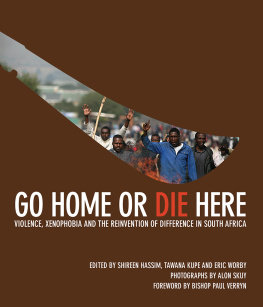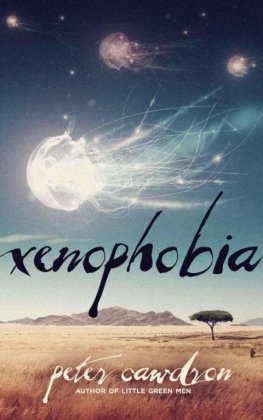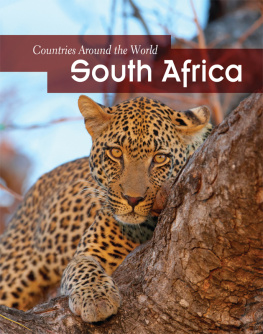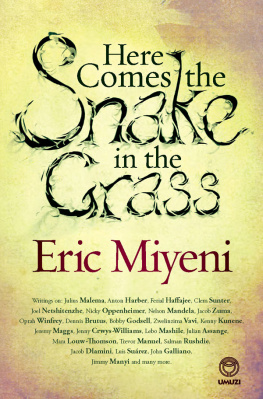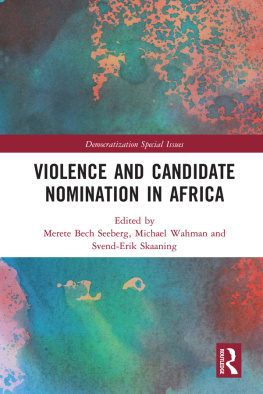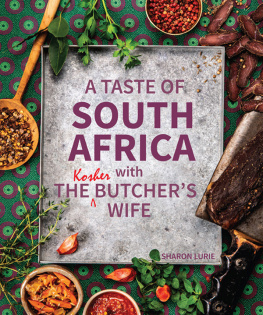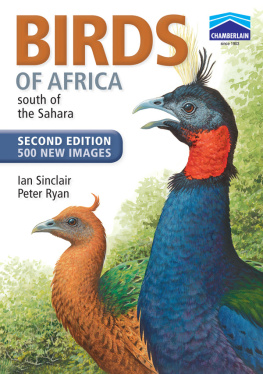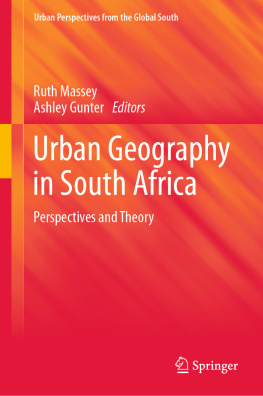GO HOME OR DIE HERE
VIOLENCE, XENOPHOBIA AND THE REINVENTION OF DIFFERENCE IN SOUTH AFRICA
EDITED BY SHIREEN HASSIM, TAWANA KUPE AND ERIC WORBY
PHOTOGRAPHS BY ALON SKUY
FOREWORD BY BISHOP PAUL VERRYN
Wits University Press
1 Jan Smuts Avenue
Johannesburg, South Africa
http://witspress.wits.ac.za
Text 2008: Individual contributors
Photographs 2008: Alon Skuy
First published 2008
ISBN 978-1-86814-487-7 (Paperback)
ISBN 978-1-86814-642-0 (Web PDF)
ISBN 978-1-77614-375-7 (EPUB)
ISBN 978-1-77614-376-4 (Mobi)
All rights reserved. No part of this publication may be reproduced, stored in a retrieval system, or transmitted in any form or by any means, electronic, mechanical, photocopying, recording or otherwise, without the express permission, in writing, of both the copyright holder and the publishers.
Cover photograph by Alon Skuy
Layout and design by Hybridesign
TABLE OF CONTENTS
Bishop Paul Verryn
Eric Worby, Shireen Hassim and Tawana Kupe
Alex Eliseev
Rolf Maruping
Daryl Glaser
Noor Nieftagodien
Stephen Gelb
Devan Pillay
Loren B Landau
David Coplan
Julia Hornberger
Melinda Silverman and Tanya Zack
Anton Harber
Cathi Albertyn
Andile Mngxitama
Pumla Dineo Gqola
Vronique Tadjo
FOREWORD
Like an unexpected thunderstorm, the xenophobic attacks swept across our country with unprecedented horror and unabated anger. The warning signs were very much in place before the full onslaught happened. But somehow we were completely unprepared as a nation for the unleashing of such violence towards some of the most vulnerable people in our midst. The image of a pleading, burning Mozambican met by laughing onlookers is etched in our memories. Is this what we have come to?
Xenophobic attacks were not unknown in South Africa, but their manifestation in this instance was distinctive in several respects.
Firstly, the attacks were on black foreign nationals. There is no record as far as I understand of any whites or Indians being caught up in the attacks. It does seem as if these categories fall into another classification, i.e. tourist, visitor, investor or something far more elevated.
Secondly, although many nasty things might well have been said to the wealthier of those foreign nationals amongst us, by and large it was the poorer and more vulnerable foreign nationals that were exposed to the most vicious onslaught. As we know, some of those who were most seriously affected had been in the country for more than 35 years and the attacks destabilised their entire livelihood and family.
Thirdly, at least a third of the people killed were South African and so the violence was visited on the particularly marginalised of our society, taking on ethnic and xenophobic connotations. There were 62 people killed in the attacks; tens of thousands of people were displaced and fled for their lives to police stations and other places of safety.
Clearly, these attacks have exposed a raw nerve in society. One can see from the deluge of donations and gifts and compassion that this issue deeply affected the nation. It somehow exposed the fact that after 14 years of democracy all is far from well in the psyche of the people. It seems as if the nation is suspicious and fearful and vexed with profound disparities between the haves and the have-nots. Whether that disparity is felt more keenly in discrimination with regard to service delivery or whether it is an indication that we have not transformed as a nation in our political mindset is a moot point. The fact is that we are in a state of great ambiguity and dysfunction.
It would not be completely fair if one also did not note that the entire phenomenon of migration has become more and more of a global issue. More people, for whatever reason, are wanting to explore, to migrate, to seek different opportunities for their lives, and the global community is going to be faced with the issue of how to respond appropriately to this phenomenon. There is no doubt that the way in which we treat the stranger reflects our humanity; whether that stranger be from another country or whether those strangers be strange because they are poor is beside the point. If we are going to survive as a human race we are going to have to reassess our fundamental value system.
How do we begin to estimate the value of the vast array of skills and giftedness of those who visit our shores, albeit for five to ten years? How do we begin to enable them to make the kind of contribution to this nation that is transformative and enables us to become more part of the world community and, more specifically, part of the African continent? What kind of curricula should be introduced into our educational institutions to ensure that people are not only computer literate, but are skilled in human relationships and able to deal with their prejudices and fears? How finally do we address our economic philosophies to ensure that poverty is an historical fact by the year 2015?
The contributors to this volume, and the colloquium at Wits University upon which it is based, do not address these large and daunting questions directly. But together, the authors demonstrate why it is so crucial that we face them squarely and unflinchingly if we are to create the kind of human community that we wish to be.
Bishop Paul Verryn

INTRODUCTION
FACING THE OTHER AT THE GATES OF DEMOCRACY
ERIC WORBY, SHIREEN HASSIM AND TAWANA KUPE
On the evening of Sunday, 11 May 2008, a gang of young men in Johannesburgs Alexandra township forced their way into a hostel on London Road and initiated a merciless attack on residents they deemed to be foreigners. From this spark, the murder, rape, and looting directed at the bodies and belongings of non-South Africans had spread within days from Alex to informal settlements in Diepsloot and the East Rand, where a Mozambican man, Ernesto Alfabeto Nhamuavhe, was burned alive while bystanders laughed. Soon thereafter, similar attacks began to unfold in the provinces of KwaZulu-Natal and the Eastern and Western Cape. South African citizens speaking the wrong languages XiTsonga or SiPedi, for example were also subjected to violent assault. By the time the violence subsided in early June, some 62 people had died a third of them South African. Hundreds had suffered grievous injuries and tens of thousands had been displaced from their homes, taking shelter in community halls and police stations, or fleeing in terror across the borders in anticipation of an uncertain future.

